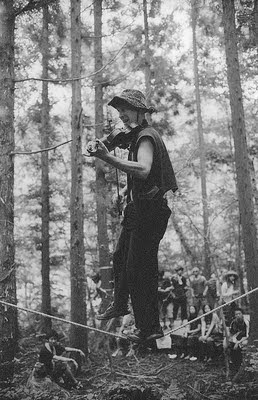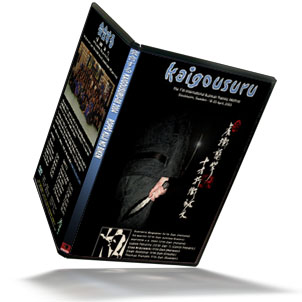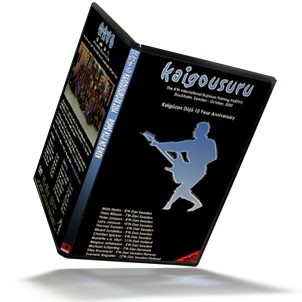Seimeisen 生命線: Walking the Line of Life and Death
From Bujinkan Santa Monica by Bujinkan Santa Monica
 |
| Photo from Gifu Prefecture by tallkev |
So what about this secret and how does this translate into sword technique? When you are in kamae, and about to cut or thrust to your opponent's suki, there is a Seimeisen 生命線, or an invisible lifeline between you. If your sword is on this line, it is "live," if not it is considered dead. This line is very fine and there isn't room for two blades there. So only one blade can give or take life. This is also an aspect of Shisen 死線, the point between life and death.
To truly understand this lifeline requires a state of fudoshin. That is the only way you can stay on the line without being diverted. And when you are in that place it gives you a mysterious perspective that allows for some useful sword strategy:
後の先 Go no sen when you know where your opponent will strike so you let them strike there before you counter.
先の先 sen no sen is where you know what your opponent will do so you strike him first before he can move. Similar to tai no sen.
先々の先 Sen sen no sen where you sense what the right strategy is by intuition alone and subtly guide your opponent's strategy so that you may win.
Sen 先 and Saki share the same kanji but one meaning is future and one is previous. So Saki no Saki may be a more familiar feeling to anyone that has taken the Godan test.







